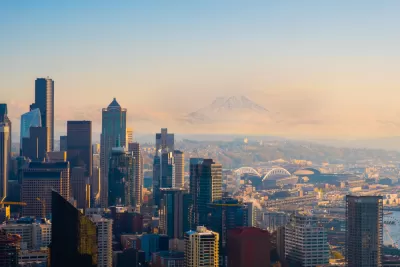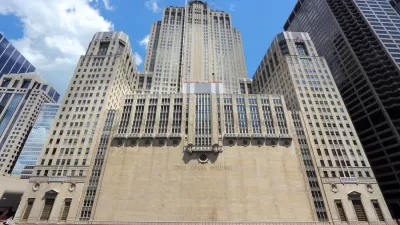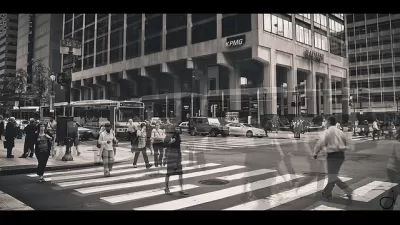The fortunes of commercial real estate in Seattle have completely reversed since February, according to a new analysis.

Gene Balk shares news of a sudden recovery in office demand in Seattle.
Before the pandemic, Seattle was home to a booming tech industry and was consistently ranked among the fastest growing cities in the United States. As recently as February 2021, Balk was writing about the catastrophic collapse of demand for office spaces. But since then, demand has come roaring back, according to the Office Demand Index produced by VTS, the New York-based company that provides leasing and asset management software for commercial real estate landlords.
"From 2018 to 2019, Seattle had an average monthly index score of 90. That, of course, was before the pandemic had closed down offices, requiring millions of employees to work from home. By December 2020, Seattle’s index number had plummeted to a dismal 17," writes Balk. "But in 2021, Seattle has experienced a tremendous rebound, with interest in new office space growing each month. As of March, the index for interest in office space had shot past the pre-pandemic average, hitting 107."
According to researchers at VTS, the sudden shift is the result of pent-up demand and companies seeing the light at the end of the tunnel and working to get a jump on the market. There's another big caveat among he data shared by VTS: office space leasing for the tech industry is still far slower than pre-pandemic levels. "But a surge in interest in office space from other major industries in Seattle — health care, legal and professional services — has made up for that."
FULL STORY: Downtown Seattle dying? Not so fast. Demand for office space roars back to pre-pandemic levels

Alabama: Trump Terminates Settlements for Black Communities Harmed By Raw Sewage
Trump deemed the landmark civil rights agreement “illegal DEI and environmental justice policy.”

Planetizen Federal Action Tracker
A weekly monitor of how Trump’s orders and actions are impacting planners and planning in America.

The 120 Year Old Tiny Home Villages That Sheltered San Francisco’s Earthquake Refugees
More than a century ago, San Francisco mobilized to house thousands of residents displaced by the 1906 earthquake. Could their strategy offer a model for the present?

LA’s Tree Emergency Goes Beyond Vandalism
After a vandal destroyed dozens of downtown LA trees, Mayor Karen Bass vowed to replace them. Days later, she slashed the city’s tree budget.

Sacramento Leads Nation With Bus-Mounted Bike Lane Enforcement Cameras
The city is the first to use its bus-mounted traffic enforcement system to cite drivers who park or drive in bike lanes.

Seattle Voters Approve Social Housing Referendum
Voters approved a corporate tax to fund the city’s housing authority despite an opposition campaign funded by Amazon and Microsoft.
Urban Design for Planners 1: Software Tools
This six-course series explores essential urban design concepts using open source software and equips planners with the tools they need to participate fully in the urban design process.
Planning for Universal Design
Learn the tools for implementing Universal Design in planning regulations.
Ada County Highway District
Clanton & Associates, Inc.
Jessamine County Fiscal Court
Institute for Housing and Urban Development Studies (IHS)
City of Grandview
Harvard GSD Executive Education
Toledo-Lucas County Plan Commissions
Salt Lake City
NYU Wagner Graduate School of Public Service





























